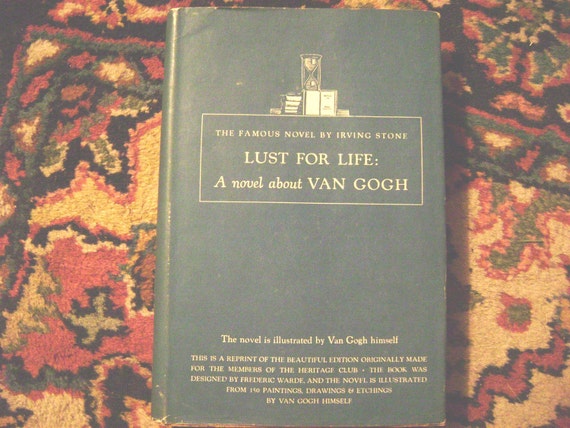



One day, Vincent confesses his love to Kay, after which she flees the house in aversion. At the same time, he battles with his father Theodorus, a pastor, over Vincent's new concept of God as a being one can serve through love and art rather than just through formulaic ritual. Vincent's widowed cousin Kay moves in with the family for the summer, and although Vincent offends her by suggesting that one year is enough for her to mourn her late husband, her presence cheers him, and soon he falls in love. There, Vincent writes Theo passionate letters about the drawings he has undertaken, a new interest that keeps the volatile Vincent in good spirits, as it allows him a method of capturing "the poetry hidden in everyday images." After he falls into a depression, however, he is rescued by his devoted brother Theo, who sends Vincent back to their family home in Holland. They strip him of his duties, but Vincent, who wants desperately "to be of use" in life and escape his past failures, remains nonetheless. After some months, the church reverends come to inspect Vincent's work and are horrified to discover that he has donated all of his possessions to the locals and is living in ascetic poverty. Although Vincent is not a stirring preacher, his eagerness to ameliorate his parishioners' suffering leads him to work alongside them in the filthy, dangerous mines. In Holland during the late 1880s, Vincent van Gogh fails his training to become an Evangelical priest, but upon pleading with the committee to put him to use, is assigned to the miserably poor coal-mining region of the Borinage in Belgium.


 0 kommentar(er)
0 kommentar(er)
